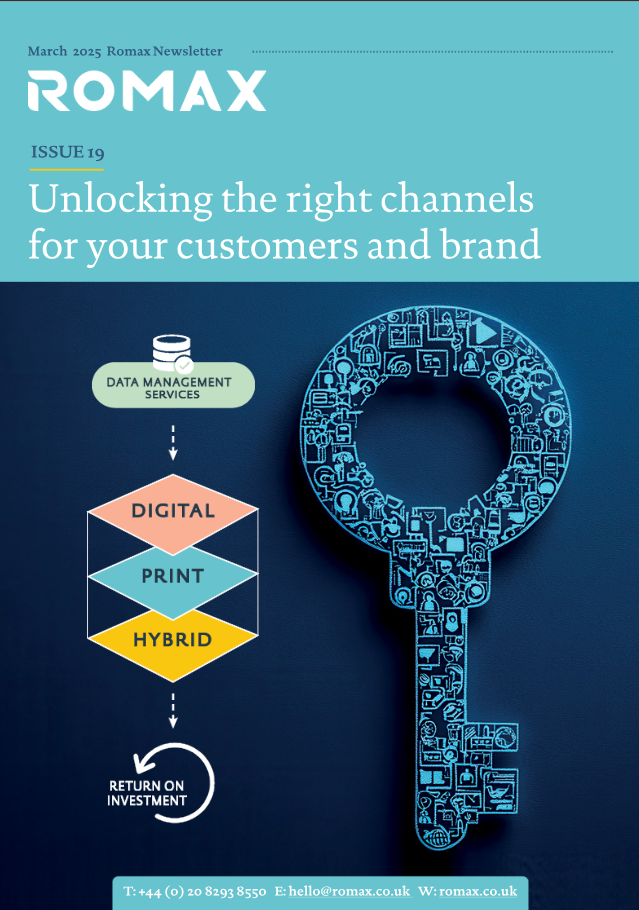What is Direct Marketing?
Direct marketing is a promotional method of marketing, communicating your company’s product, or service, directly to your targeted potential customer. The goal of direct marketing is to persuade audiences to take action by visiting the company’s website, sign up for a mailing list or call for more information. The ultimate goal is to get the sale. Read on to find out more about the different types of direct marketing.
Text Message Marketing
Companies often get a higher response rate with text message marketing because of how often consumers use their mobile devices. The effectiveness of your campaigns can be monitored so you can measure its success:
- How many people received your SMS campaign
- The response, click-through and conversion rates
- The exact cost per sale or activity
A well-executed text message marketing campaign will help generate revenue and new business.
Direct Mail
Direct mail allows a company to send information about products, special offers, services and sales to a street address via the postal service. Direct mail marketing can be personalised to the customer giving flexibility with individual offers, a targeted list and the creative design.
Some examples of direct mail are:
- Letters
- Flyers
- Brochures
- Postcards
- Coupons
- Catalogues
Social Media Marketing
Social media marketing is a powerful tool to reach prospects and customers. Social media platforms, such as Facebook, Instagram, and LinkedIn enable people to discover, learn about, follow and shop from brands. Marketing on social media can bring success to your business, creating devoted brand followers and even driving leads and sales.
Social media is constantly changing and evolving: new features and platforms emerge every day. Good social media marketing will:
- Increase brand awareness
- Generate and boost conversions
- Encourage relationships with customers
Print Advertising
Companies use print advertising to promote products and services in newspapers, magazines, brochures, fliers, newsletters, coupons and postcards.
Print advertising may have declined in popularity with the rise of digital media, however, the effectiveness of print can’t be discounted. Print media is the most successful when it is a part of your marketing mix in conjunction with digital marketing.
Telemarketing
Telemarketing is the direct marketing of goods or services to potential customers over the telephone, Internet, or fax. It can be an effective small business marketing tool when done correctly. However, the intrusive nature of telemarketing, has given rise to a growing backlash against this direct marketing practice.
Direct Selling
Direct selling requires a sales representative selling products or services to customers in person. Products through direct sales are not typically found in traditional retail locations: it often means a sales representative will visit a potential customer in their home to persuade them to purchase a product or a service. Direct selling allows businesses to create real connections with potential customers.
How To Find Your Target Audience
Your target audience is the specific group of people who need your product or service. They will be grouped by age, gender, location, interests, income and more. To determine your target audience, you need to analyse the data from consumer engagements to evaluate current buyer trends.
- Who already buys your product?
- Analyse competitors
- Create personas
- Define who is NOT your target audience
- Update data continuously
Why use Romax’s direct marketing services?
Romax provides clients with data-driven services. Our direct marketing services focus on improving return on investments (ROIs) by using in-depth industry knowledge and expertise to develop a customised strategy.
Romax uses online and offline personalised direct response marketing that uncovers your target audience to increase response rates and boost return on investment. Using your client’s preferred communication channel ensures continuity in message and brand for maximum impact and better results.
Here at Romax, we are experts in direct marketing and much more. Our team of communications experts will deliver smarter customer communications that build bespoke workflow systems to help you reach your customers, either through print, digital or SMS.
« What Are The Benefits Of Multi Channel Marketing Systems? What Makes a Successful Email Marketing Campaign? »






